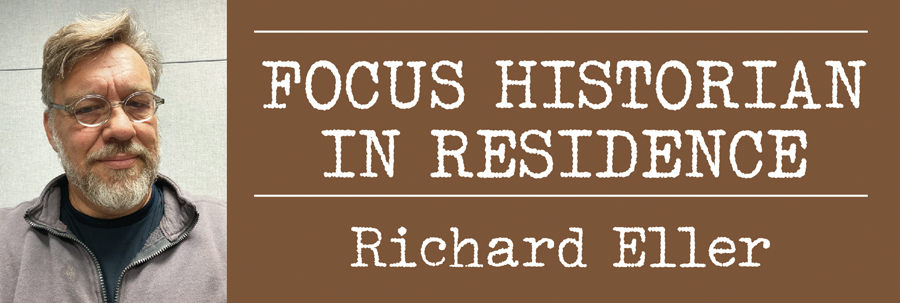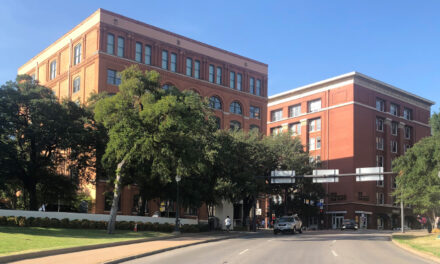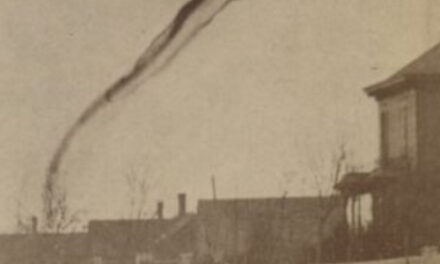
Maybe it was the historically significant but unlucky whistle that Elias Powell brought home from the battlefield, noted a few weeks back in the pages of Focus. Or perhaps as the son of a pro-British American Revolution loyalist, George Powell felt he lived under some kind of dark cloud. After all, his father had been on the wrong side of the war for independence. Either way, George had reason to be cautious.
 Before his father’s death in 1832, George had grown into his own adulthood, started a family, built a log cabin in the Powelltown section of what would become Lenoir and lent his support to the founding of Lower Creek Baptist Church.
Before his father’s death in 1832, George had grown into his own adulthood, started a family, built a log cabin in the Powelltown section of what would become Lenoir and lent his support to the founding of Lower Creek Baptist Church.
But prior to 1820 the cabin burned down. Family lore attributed the cause of the blaze to a witch. Your read that right, a witch. Apparently, an evil-spirited apparition lived in the home right along with the rest of the family. While they got in and out of their abode everyday without a problem, the witch could not leave. So what did he/she/it do? The spirit burned down the cabin to escape, or so the story goes.
In retaliation or more likely respecting the power of the witch, George rebuilt (in Little Pigs fashion) by constructing his next house of brick. More than that though, he made sure that in the attic wall, next to the upper part of the chimney a hole was crafted to allow the ‘party from another dimension’ to escape. The witch passage took the shape of a key hole.
Though all of this makes George Powell sound extremely superstitious, other than the keyhole, he was a stellar and forward thinking member of the community. He advocated for better roads, helping to built one of the first thoroughfares into Blowing Rock and beyond. He built a mill on Lower Creek to provide himself and other folks a location of closer access to grind their corn.
The Keyhole House became a landmark in the area. In that structure, the new county of Caldwell was organized in 1841. It was there that the original charter, lopping off a large part of Burke and a sliver of Wilkes formed the new county, named in honor of the first president of the University of North Carolina (Chapel Hill). The house hosted the adoption fo the county charter and election of its first officials as well as the county’s initial court sessions.
Since no other house in the area had such an entrance/exit for spirits from the other world, the founders of Caldwell may have regarded the keyhole as a good omen for the future of the county they were creating. Unfortunately, the house did not last as long as the county. Several attempts to save the house were unsuccessful. In 1975, the structure was torn down to make way for Trinity United Methodist Church.
Strangely, the church preserved the keyhole and can today be seen as part of the sign. That’s a church George Powell would have endorsed.
Photo: The Keyhole House, image from of the Caldwell Heritage Museum collection.









